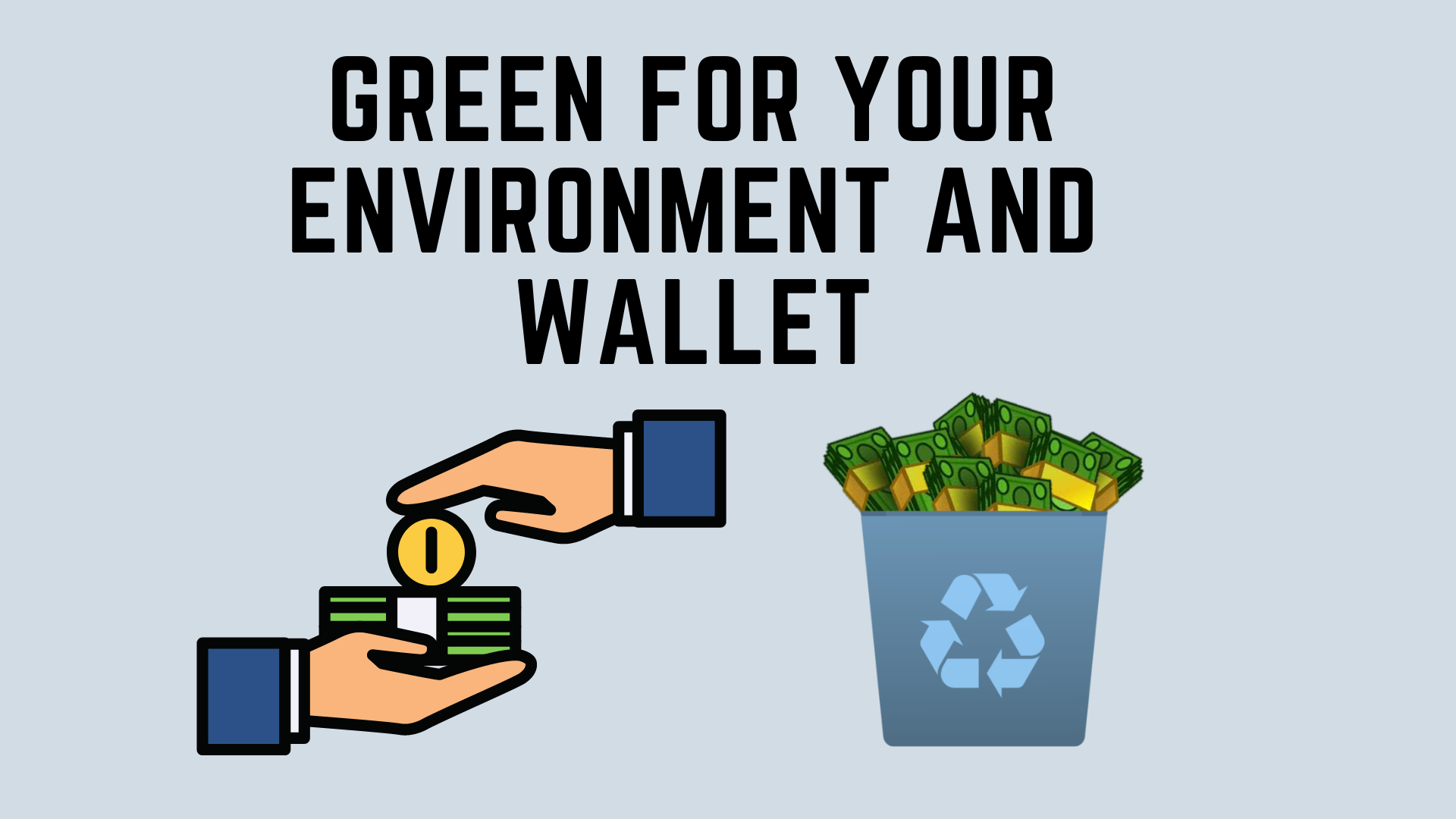What happens to old money? The Federal Reserve puts new money into circulation everyday and removes old, damaged bills. In the past, old bills were sent to landfills to be shredded, but now 90% of the money is recycled, about $200 billion worth of currency. The scraps are then used to make compost, potting soil, housing insulation, or cement. Recycling plants in Los Angeles, Philadelphia and Seattle also burn the shredded currency to generate electricity.
Which bills are considered “unfit currency?” According to the Federal Reserve, bills that are torn, dirty, worn out, or have holes larger than 19 millimeters can no longer be used. Additionally, 5, 10, and 20 dollar bills produced before 1996 are removed due to their age.
Many resources are required to produce paper money including water, ink, electricity, cotton, and linen. Here are a few quick facts about the global environmental costs.
How can you help reduce the environmental costs associated with paper currency? For starters, you can limit the amount of cash you keep on hand and opt for a credit card or electronic payment method when possible. Your decisions and actions, although seemingly insignificant, can play a big role. If many people were to use less cash, the demand for new money decreases as well. Additionally, during the Coronavirus pandemic, many stores are encouraging customers to use payment methods other than cash to reduce the exchanges between different people.
Another way to reduce the need for paper resources is to opt for paperless bank and credit card statements. Many banks have mobile apps that help you keep track of expenses, deposit checks, transfer money, and pay bills at the touch of a finger. Typically, the information traditionally sent via mail can be easily accessed on these apps or online. So, save the trees and go paperless.
Written by Emily Su, Class of 2022

